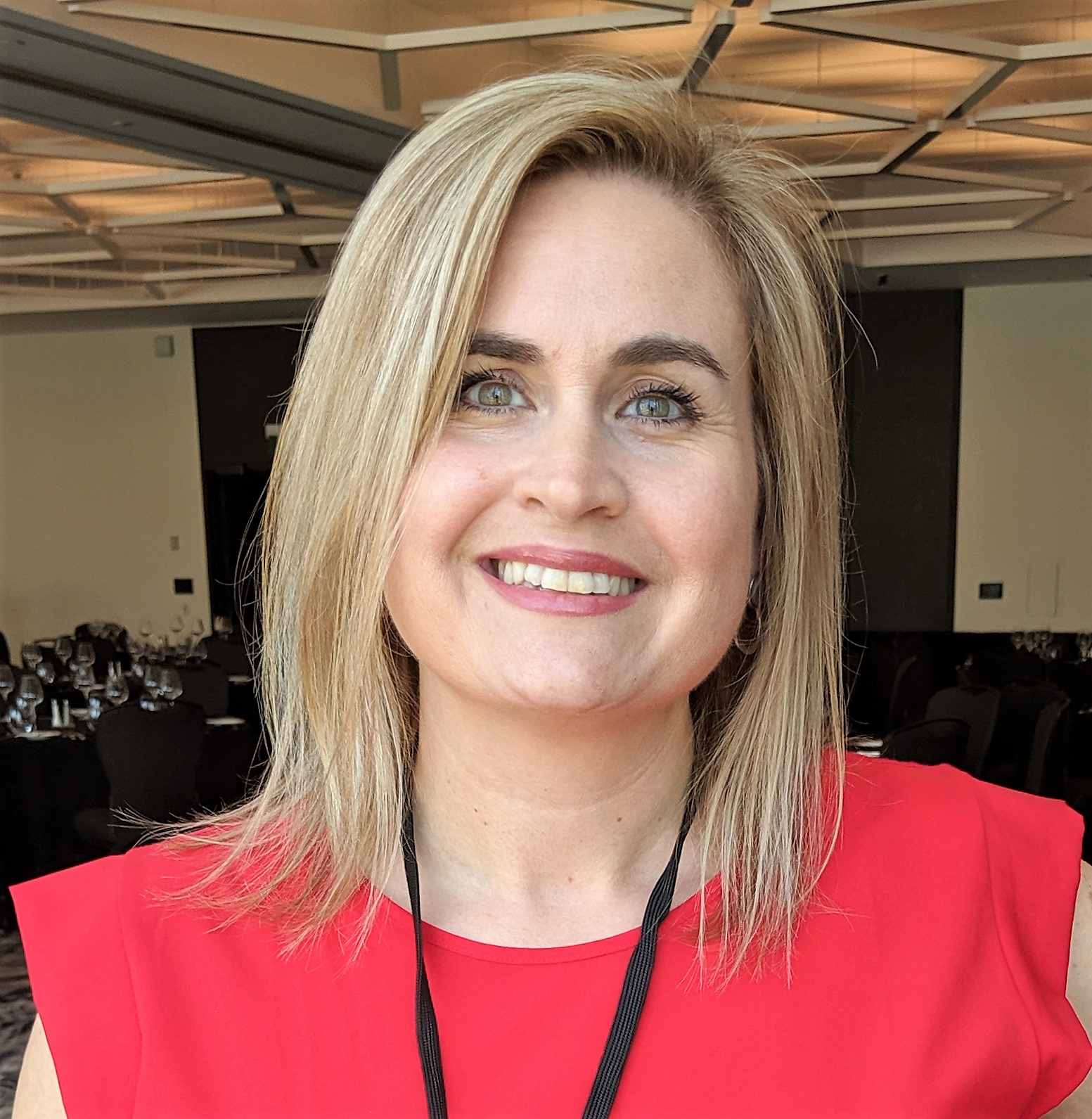Rethinking communications

Martine Paulin, Shared Services Canada
Beyond2020 is about rethinking our mindsets and behaviours. It’s also about engaging and empowering employees. There is no button or magic wand to do this, but there are communications skills and tools that can help. Mobilizing employees happens when there is trust and when we are mindful of how we work together every day.
As a communications specialist and manager, I don’t often think about my skills and how they can help others, I mean aside from my clients, that is. Working in high stress and fast-paced environments means I often focus more on what I’m doing rather than how I am doing it. It is natural for me to work horizontally and collaborate with my colleagues for quick turnarounds, because of tight deadlines. Other skills include briefing up, problem solving and adjusting my message to my audience (i.e. what’s in it for them). These skills are part of what I do every day as I manage various communication issues. All of these are transferrable skills that can be learned and ultimately change how we work and communicate in the public service. They can be applied by everyone, at every level, to make our daily interactions more meaningful and effective.
As far as organizations go, especially in the public service, most efforts to engage are typically focused externally, with an emphasis on communicating programs and services to Canadians, clients and stakeholders. However, the “people side” of how and why we do things is often overlooked even though it has the biggest impact on the quality of programs and, ultimately, service delivery.
Our interactions and communications play a huge role in promoting engagement and empowerment. When I say “communications” I’m not just referring to the corporate function, I’m including all communications including in the programs and operational areas as well. This is where I see how the skills mentioned above could add value to any team.
If you’ve taken a leadership course in the last 20 years, you know that there is a direct link between employee engagement, organizational effectiveness and innovation. Why then is making these linkages an afterthought? Too often, important information that could help employees better understand the impact of their work and help them feel connected to the organization is reduced to one short article in an internal newsletter. Too often we involve communications teams at the very last minute (if at all).
Why do we think that a generic email is enough when announcing a major change? Why aren’t we better equipping managers and supervisors to be able to answer employees’ questions and ensure they have what they need to do their work?
When employees are engaged, they can be brand storytellers for the organization. They can help shape external perceptions, and help their teams meet business objectives. To achieve this, we need to shift our mindset about how we manage communications, both at the corporate level (how the organization shares information and gets feedback from employees), and across teams (our daily interactions). We need to ensure greater alignment between what is said both externally and internally, as well as make sure that the messaging is coherent, consistent and timely. All of this is intended to help employees better understand the department’s overall priorities and the impact of their contribution. We want them to be proud of the work they do and feel empowered to deliver.
For me, employee communications is a shared responsibility across the organization. It helps foster an agile, inclusive and equipped public service, where employees feel supported and enabled.
As communications specialists we can help our colleagues by playing the role of “enabler” and “influencer”. This means that we recognize that we, as communicators, can’t do everything, so we provide guidance and help others learn communications skills and take action to improve information flow, feedback and engagement across their teams. This does not mean more work; rather, it just means working smarter, more collaboratively and horizontally, with common objectives.
Of course, as with any change, it doesn’t always go smoothly and there is still work to do. After all, people tend to wonder, “Why should we do it like this, when we have always done it like that?” It means having many conversations and trying new things to shift mindsets and behaviours. Change is challenging, but when we see the possibilities and have a common objective in mind, it is easier to get others onboard. We must be open to learning from each other and we need permission to try new things, adjust and iterate in order to achieve our objectives and innovate.
Beyond2020 is more than just a framework for public service renewal. It is a new way of working on a daily basis that impacts every employee. By rethinking how we communicate, both as an organization and as individuals, we can increase collaboration, improve engagement, better share our stories and manage our ever-changing work environment…. Communications is at the heart of it all!